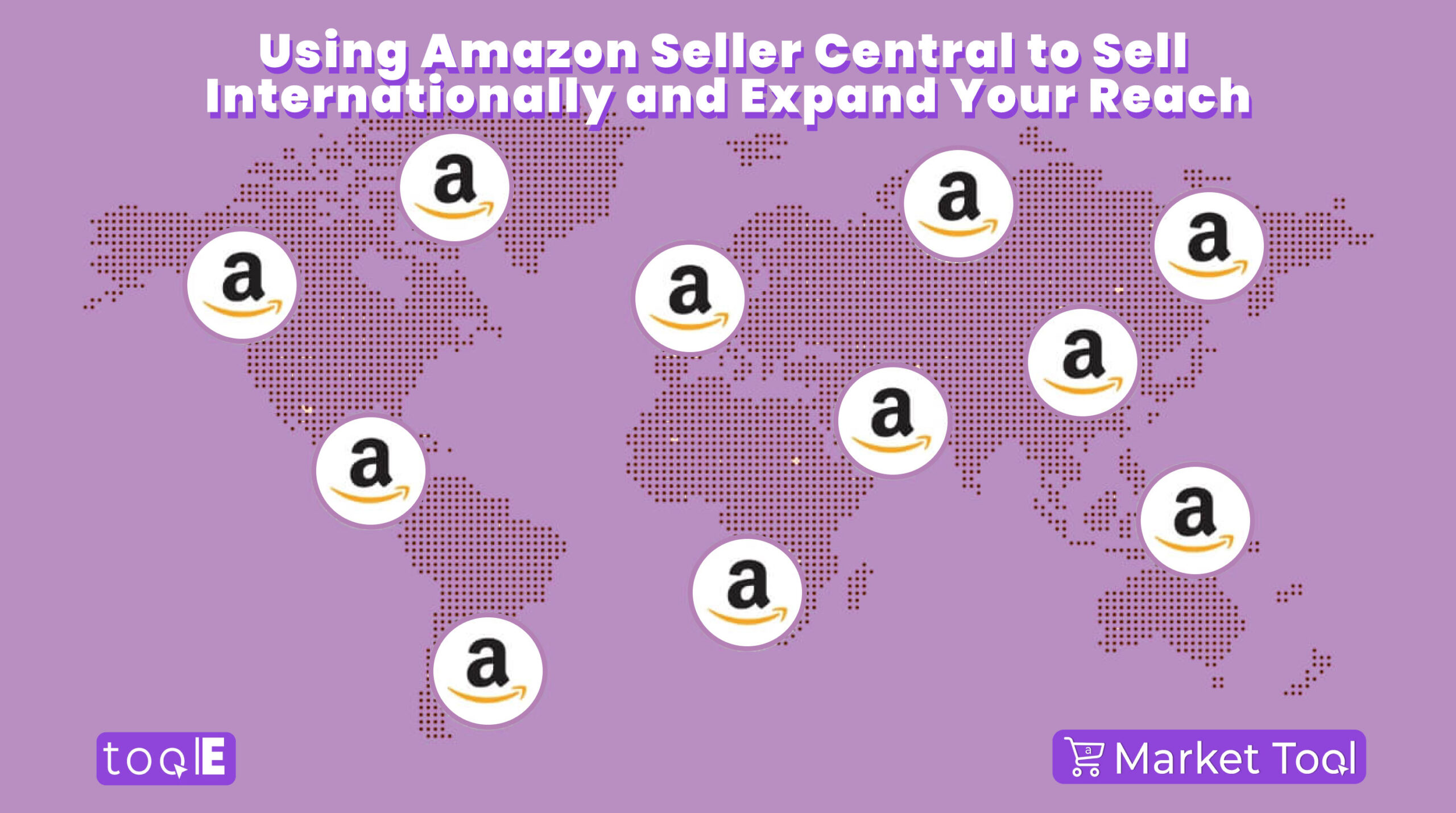Using Amazon Seller Central to Sell Internationally and Expand Your Reach
22 February 2024 • 5 minute read
Selling your products internationally can be a game-changer for your business, allowing you to tap into new markets and reach a wider audience. One platform that can help you achieve this is Amazon Seller Central. With its global reach and extensive marketplace options, Amazon provides a powerful tool for expanding your business internationally. In this blog post, we will explore how you can leverage Amazon Seller Central to sell your products internationally and maximize your success.
1. Understanding Amazon Global Selling:
Amazon Global Selling is a program that enables sellers to reach customers all over the world. With over 300 million active customers, Amazon offers a vast global marketplace for your products. To get started, you need to determine which countries you want to sell in and ensure your products comply with their regulations.
2. Choosing the Right Amazon Marketplace:
Amazon provides various marketplaces for international selling (16 marketplaces). Each marketplace has its own set of rules and regulations, so it’s crucial to research and understand the requirements for each one before you start selling.
3. Account Setup Process:
To sell internationally on Amazon, you need to set up your Amazon Seller Central account for international sales. The process involves logging into your account, accessing the “Settings” tab, and selecting “Account Info.” From there, you can add the marketplaces you want to sell on and complete the registration process. Once registered, you can set up your listings and shipping options for each marketplace.
4. Regulatory Compliance and Legal Considerations:

When selling internationally on Amazon marketplaces, it is crucial to comply with regulatory and legal requirements to ensure a smooth and compliant selling experience. Each country may have its own set of rules and requirements. Pay attention to customs regulations, import/export restrictions, and any specific product certifications or labeling requirements. And, most importantly, ensure that your products meet the safety standards and regulations of the countries you intend to sell in. This may involve obtaining safety certificates, test reports, and compliance markings.
Tax Considerations: you should be aware of the tax implications of selling internationally. You may be required to register for and collect taxes in the countries where you sell. Amazon provides tools and resources to help sellers manage tax compliance, such as the VAT (Value Added Tax) calculation service.
5. Product Selection and Pricing:
Amazon offers various shipping options for international sellers. You can use Amazon Global to fulfill orders from your home country, offer international shipping yourself, or utilize Amazon’s Fulfillment by Amazon (FBA) service. FBA allows Amazon to handle storage, packing, and shipping on your behalf, streamlining the process.
6. Fulfillment and Shipping:
Amazon offers various shipping options for international sellers. You can use Amazon Global to fulfill orders from your home country, offer international shipping yourself, or utilize Amazon’s Fulfillment by Amazon (FBA) service. FBA allows Amazon to handle storage, packing, and shipping on your behalf, streamlining the process.
7. Customer Service and Language Support:
Providing multilingual support is crucial when selling internationally. Amazon offers tools like the Amazon Translation Service to help you communicate with customers in their native language. You can also hire third-party translation services for more personalized support.
Conclusion:
Free Sync to Amazon today
We have a range of plans available suited to your needs. The free plan allows 25 SKUs inventory Sync and up to 20 Orders/month.
See PlansFind out about the right eTools for your e-commerce Business
Looking to take your Ecommerce Business to the Next Level?
ToolE

